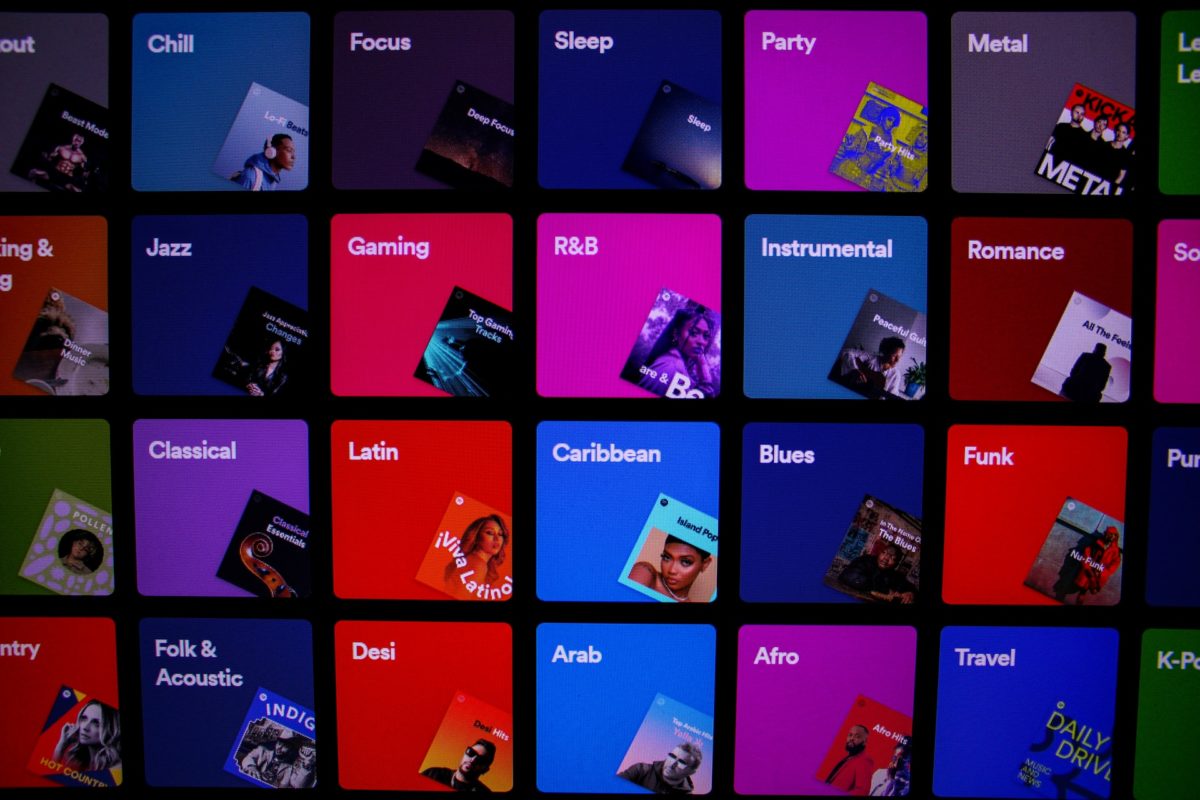
Understanding Spotify and its recommendation tool
You might already have experience with Spotify or maybe you came accross it in our Playlist Maker app. Either way, we thought it would be useful to explain this facet of our work that comes up over and over again, but remains for many a bit of a mystery as to how it actually works: Spotify.
Many people use the music streaming app every day to listen to a brilliant range of things, from classical hits to modern releases, to political podcasts even to audiobooks read by our favourite actors, but it seems like there is so much on there that navigating to what we like should be an impossible task.
But it isn’t, thanks to modern technology’s favourite two letters: AI. This is, in short, how it works:
Other music platforms use a combination of paid human staff and pre-set playlists to provide the building blocks of their service. Spotify, with its 200 million subscribers, has to do something different, so it employs an algorithm instead, named “Bandits for Recommendation as Treatments”, or BaRT for short.
When you use Spotify, the songs that you listen to become a part of your musical history. What BaRT then does is recommend other songs you might like and then tracks how many of those songs you listen to for more than 30 seconds, and recommends more based upon that as a success. The word ‘track’ nowadays sounds very sinister, but it is no different to a DJ at a wedding playing an ABBA hit for half a minute, looking up expecting to see dancing, and whether the mother of the bride is on the table, thinking “yes, more ABBA”.

But what makes Spotify such a successful platform is its ability, which is kept as a trade secret, to analyse new songs and match them to existing favourites. With the thousands of new releases uploaded each day, some by up and coming artists, others by worldwide known musicians, this ability to read music and match it to listeners is what makes the platform so successful.
This Spotify feature, can be very useful on the quest to take the few artists we have been told by a family member that the person living with dementia is known to have liked, and be able to match more music to them. This expands the range of songs we can provide, and elongates the time that music can help that person. If you would like to know more about setting up a Spotify account and starting your musical history, you can read our step-by-step guide here: https://musicformymind.com/how-to-access-spotify-playlist/. Or if you would like some help with starting your own playlist, use our free Playlist Maker by clicking the ‘Make a Playlist’ button below.
Cover photo by David Pupaza on Unsplash.
In-text photo by Brett Jordan on Unsplash.






